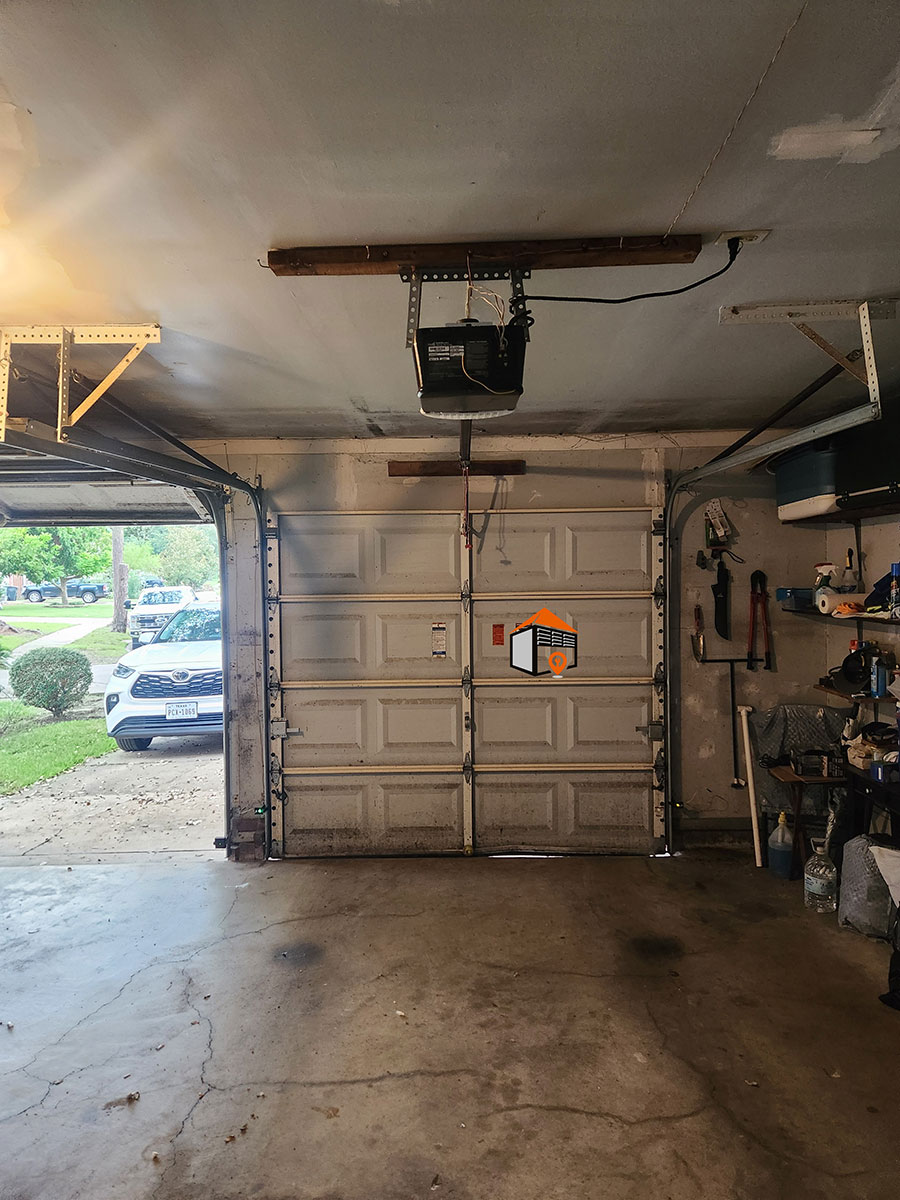Understanding Force Adjustment
There are two different ways to adjust the opening and closing force on Chamberlain and Liftmaster products, depending on the model of the opener you have. The force adjustment allows you to control how much force the opener applies to the garage door on both the up and down cycles. It’s crucial to avoid applying too much force, as excessive force may lead to safety issues or damage your garage door. If you find yourself needing to turn your force adjustment to the maximum level, it often indicates a garage door issue that should be inspected by a professional.
Safety Mechanisms in Place
All garage door openers come with an emergency reverse mechanism, which is a critical safety feature. This mechanism ensures that if the garage door encounters an obstacle while closing, it will automatically reverse its direction and prevent damage. This functionality is equally applicable when the door is opening. If too much force is applied on the down cycle, it may prevent the opener from reversing effectively, potentially harming objects or vehicles in your garage.
Identifying Garage Door Issues
If you notice that your door’s up force is maximized, it’s important to be cautious. In some cases, a broken spring can allow a relatively light garage door to open, which places undue stress on the internal gears of your opener. To identify whether your garage door or springs have issues, perform a visual inspection. Excess tension or a lack thereof in your garage door springs can indicate underlying problems that need addressing.
Locating the Control Panel
To adjust the force settings, you’ll first need to locate the control panel. In most Liftmaster and Chamberlain models, this panel can be found on the back of the opener unit or behind a light cover. After removing the covers, locate the control panel that contains the upforce and downforce adjustments, typically identified by colored screws or dials.
Manual vs. Automatic Force Adjustment
There are two main methods to adjust the force limits: manual adjustment and automatic adjustment. Most of the older models allow for manual adjustments, while newer models automatically set the force limits based on the garage door type. If your opener automatically adjusts the force, you don’t need to worry about applying too much force; the opener will regulate it according to your door needs.
Manual Adjustment Procedure
If your model requires manual adjustment, ensure you have a flathead screwdriver handy, as a smaller screwdriver is often better suited for the task. With your handheld remote close by, open and close your garage door. Look for the two adjustment screws, usually color-coded blue, indicating the open and close forces. Experiment with small increments when adjusting: turn clockwise to increase force and counterclockwise to decrease it.
Perfecting the Force Adjustment
To achieve the correct force adjustment for both the upforce and downforce, test the door’s responsiveness. To check the close force, activate the opener halfway and attempt to halt the door’s descent from the bottom. If the door easily reverses with minimal pressure, your adjustment is likely accurate. For the upforce, repeat a similar process by trying to prevent the door from opening halfway.
Identifying Force Adjustment Issues
If the adjustment screws are turned up significantly, it may indicate problems with your garage door. New Liftmaster and Chamberlain openers generally come set at a low force from the factory. If your new opener is functioning correctly without adjustments, it’s best to leave the force settings as they are to avoid unnecessary strain.
Automatic Force Adjustment Procedure
Models that utilize automatic force adjustments require a slightly different approach. Before adjusting force limits, ensure travel limits are correctly set. Once set, open and close the door by following the specific procedure outlined in the manual, which often involves pressing a series of buttons on the control panel to enter adjustment mode.
Troubleshooting Common Issues
If the garage door does not operate correctly after adjustments, inspect the door’s movement. Use the manual release cord to check for any binding or sticking. If your garage door feels unusually heavy, it might indicate a spring balance issue, requiring professional evaluation.
By following these guidelines, you can ensure your Chamberlain or Liftmaster garage door opener operates efficiently and safely. Proper force adjustment is essential not only for the longevity of your garage door system but also for the safety of your home and possessions.
